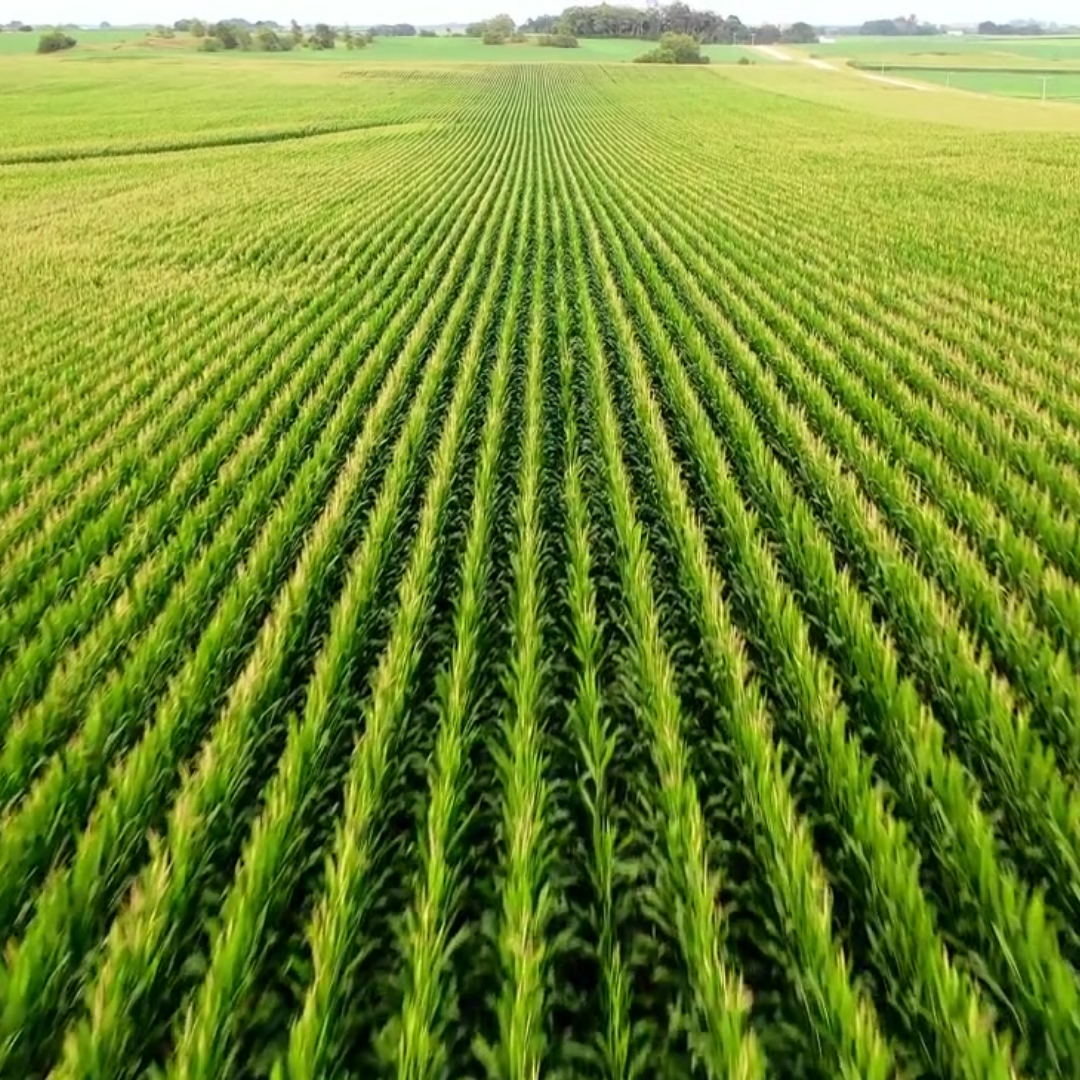EL DORADO, KS
(316) 321-6100

Kansas, with its expansive landscapes and rich farming history, is known as one of the most agriculturally productive states in the United States. Understanding the different types of soils in Kansas is essential for anyone involved in Kansas farming and ranching. From the loamy soils of the eastern regions to the sandy soils in the west, each type of soil offers unique benefits and challenges. Let’s explore the various soil types found across Kansas and how they impact farming practices.
Overview of Kansas Farming and Ranching
Kansas is a state dominated by agriculture, with vast acres of land dedicated to farming and ranching. The state’s economy heavily relies on the agricultural sector, making it crucial for farmers and ranchers to understand the soil types they work with. The diverse climate and geography of Kansas mean that the soil varies significantly from one region to another.
Importance of Soil in Agriculture
Soil is the foundation of agriculture, providing essential nutrients, water, and support for crops. The type of soil found on a farm can determine the types of crops that can be grown and the farming methods that should be used. Understanding the soil’s characteristics helps farmers make informed decisions about crop selection, irrigation, and fertilization.
Different Soils in Kansas
Kansas features a wide range of soil types, each with distinct properties that influence agricultural practices.
Loamy Soils
Loamy soils are known for their balanced mixture of sand, silt, and clay. These soils are prevalent in the eastern part of Kansas and are highly valued for their fertility and good drainage capabilities. Loamy soils are ideal for growing a variety of crops, including corn, soybeans, and wheat. Their ability to retain moisture while allowing excess water to drain makes them a favorite among farmers.
Sandy Soils
Sandy soils are primarily found in the western regions of Kansas. These soils have larger particles, which allow water to drain quickly. While they may not retain moisture as well as loamy soils, sandy soils warm up faster in the spring, allowing for earlier planting. Farmers working with sandy soils often focus on crops like peanuts, watermelons, and certain types of grasses that thrive in well-drained conditions.
Clay Soils
Clay soils are composed of very fine particles and are known for their ability to hold water. These soils can be found throughout Kansas but are more concentrated in the central regions. While clay soils are rich in nutrients, they can be challenging to work with due to their tendency to compact and become waterlogged. Farmers often employ techniques like raised beds and proper drainage systems to manage clay soils effectively.
Silt Soils
Silt soils have medium-sized particles and are known for their smooth texture and fertility. These soils are commonly found in river valleys and floodplains across Kansas. Silt soils are excellent for growing crops like rice and various vegetables due to their high nutrient content and good water retention capabilities.
Managing Farm Ground in Kansas
To make the most of Kansas farm ground, farmers must adapt their practices to suit the soil type they are working with. Here are some strategies for managing different soils effectively:
Crop Rotation
Crop rotation is a practice that involves growing different types of crops in the same area in sequential seasons. This helps maintain soil fertility and reduce soil erosion. For example, rotating legumes with grain crops can enhance nitrogen levels in the soil, benefiting subsequent crops.
Irrigation Techniques
Choosing the right irrigation technique is crucial for managing water resources efficiently. Drip irrigation is often used in sandy soils to minimize water wastage, while sprinkler systems can be effective in loamy or clay soils to ensure even water distribution.
Soil Amendments
Adding organic matter like compost or manure can improve soil structure and fertility. This is particularly beneficial for clay soils, which may require additional organic material to enhance drainage and aeration.
Conservation Tillage
Conservation tillage is a method that minimizes soil disturbance, helping to preserve soil structure and reduce erosion. This practice is particularly important in areas with sandy soils, where erosion can be a significant concern.
Challenges and Opportunities in Kansas Farming
Kansas farmers face both challenges and opportunities based on the soil types they encounter. Understanding these factors can help farmers make informed decisions and optimize their agricultural practices.
Soil Erosion
Soil erosion is a major concern in Kansas, especially in areas with sandy and silt soils. Implementing erosion control measures like planting cover crops and building terraces can help reduce soil loss and preserve soil health.
Climate Impact
Kansas experiences a range of climatic conditions, from hot summers to cold winters. These variations can impact soil moisture levels and crop growth. Adapting farming practices to account for climate variability is essential for successful farming in Kansas.
Technological Advancements
Technological advancements in agriculture offer new opportunities for Kansas farmers. Precision agriculture techniques, such as soil sensors and GPS-guided equipment, allow for more accurate soil management and resource allocation.
Conclusion
Understanding the different soils in Kansas is crucial for successful farming and ranching. By recognizing the unique characteristics of each soil type and implementing appropriate management strategies, farmers can optimize their practices and ensure the sustainability of Kansas farm ground. Whether dealing with loamy, sandy, clay, or silt soils, informed decisions and innovative techniques are key to thriving in the diverse agricultural landscape of Kansas.
Notifications